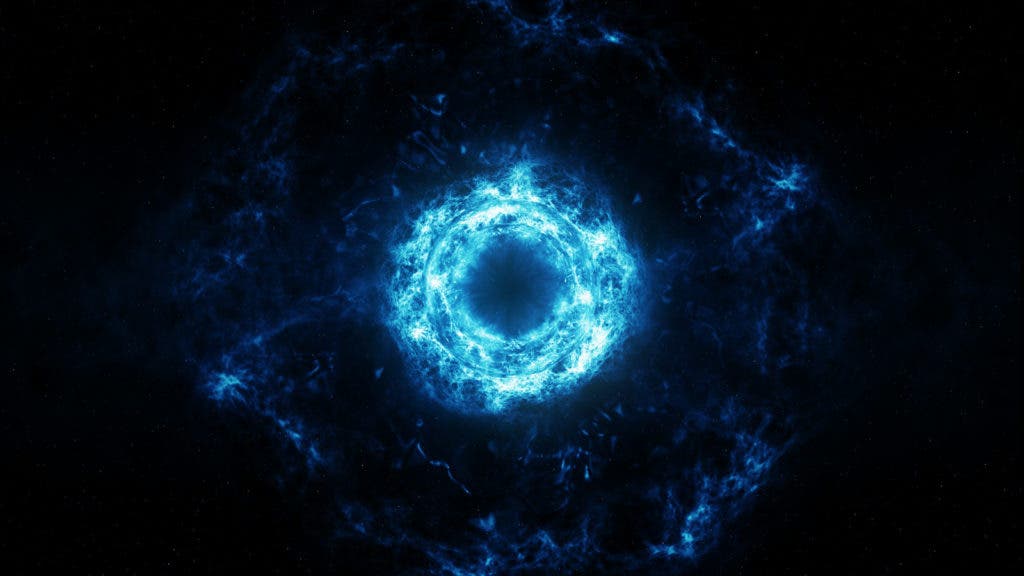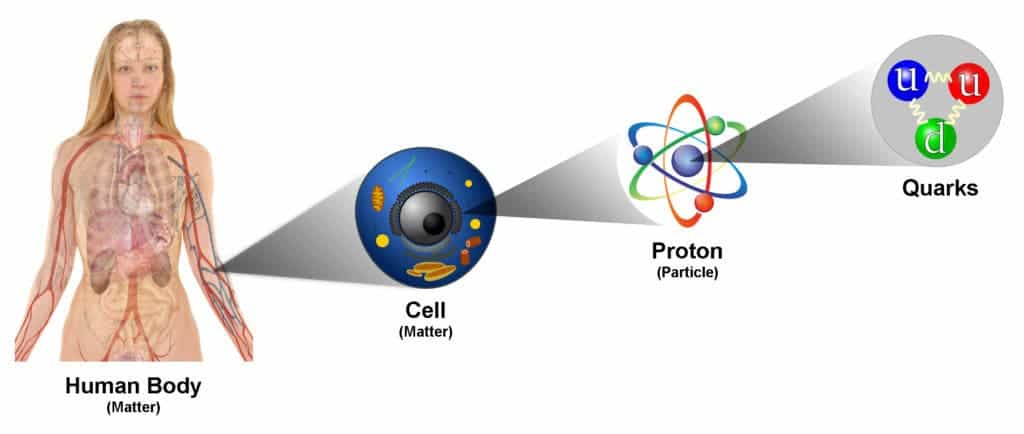Israeli and American physicists have come across a new type of fusion reaction that is startlingly powerful. Initially, the scientists were a bit scared and thought it’s better not to publish the research least it fell into the wrong hands, leading to a planetary-bomb. The fusion, however, can’t sustain a chain reaction so scientists say the process is, for all practical reasons, harmless.

Matter, the stuff we see and interact with, is made of atoms,. In turn, these are made of protons and neutrons, which, in their own turn, are made of elementary particles called quarks and leptons. There are six ‘flavors’ or types of quarks physicists know of: up, down, strange, charm, top, and bottom. Yes, physicists have a knack for giving silly names to particles and phenomena. Up and down quarks have the lowest masses of all quarks.
Researchers at Tel Aviv University and the University of Chicago found a way to fuse two bottom quarks together. When they fuse, the two bottom quarks form a larger particle called a nucleon and release up to eight times more energy as the individual reactions in a Hydrogen-bomb, specifically 138 megaelectronvolts (MeV).

In the case of a hydrogen bomb, there are millions of fusion events going on, so imagine what a quark-bomb would look like. You don’t need to run the math to realize it could even obliterate a planet.
Marek Karliner of Tel Aviv University and colleagues almost wanted to pull the plug on the research until they realized it is all a ‘one-trick pony’. What Karliner means by that is bottom quarks exist for just one picosecond or a mere one-trillionth of a second before turning into up quarks. That’s a way too brief period for a chain reaction to sustain itself so a quark-bomb would just fizzle instantly.
“We suggest some experimental setups in which the highly exothermic nature of the fusion of two heavy-quark baryons might manifest itself. At present, however, the very short lifetimes of the heavy bottom and charm quarks preclude any practical applications of such reactions,” the authors wrote in the study published in the journal Nature.
In and of itself, the research is highly valuable because it proves that subatomic particles can release massive amounts of energy when fusing together.
“It is important to emphasize that although our findings have aroused considerable interest in theory, they have no practical application,” said Karliner. “A nuclear fusion that occurs in a reactor or a hydrogen bomb is a chain reaction in a mass of particles, creating a huge amount of energy. This is not possible by melting heavy quarks, simply because the raw material cannot be accumulated in the melting process. If we thought for a moment that our discovery had some dangerous application, we would not publish it.”






